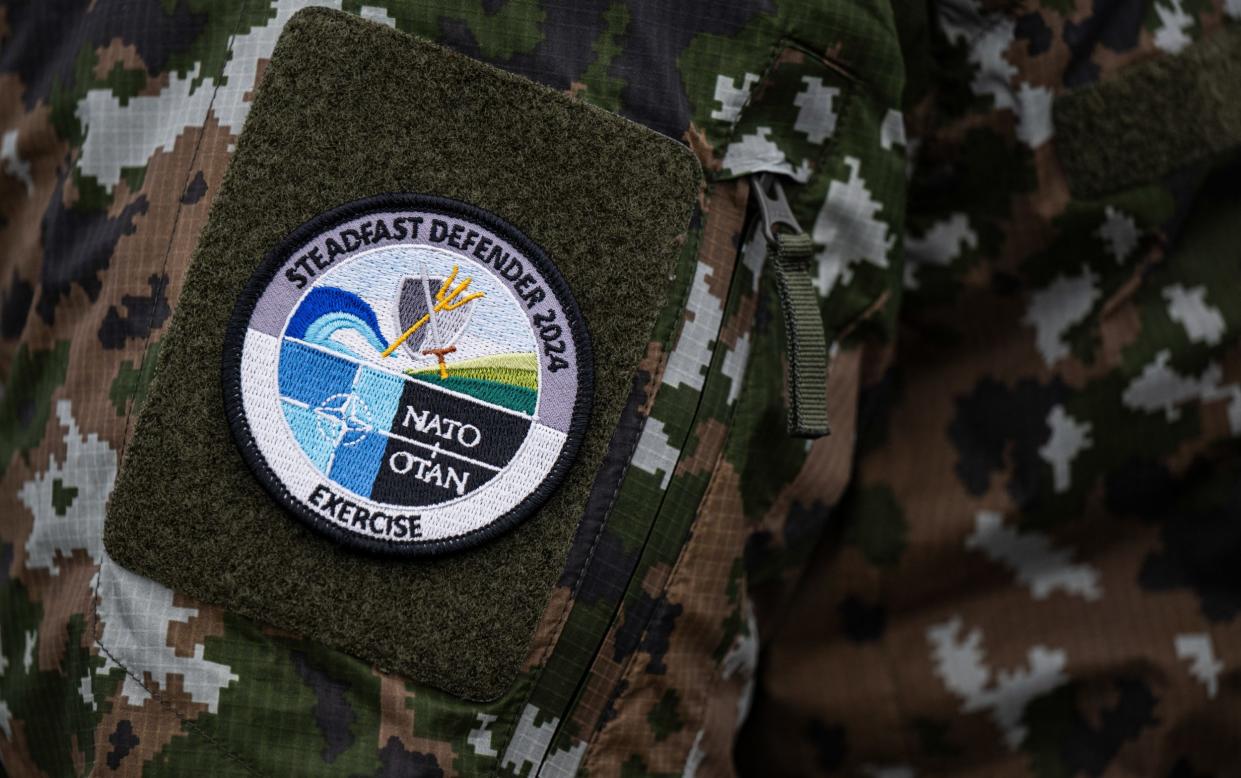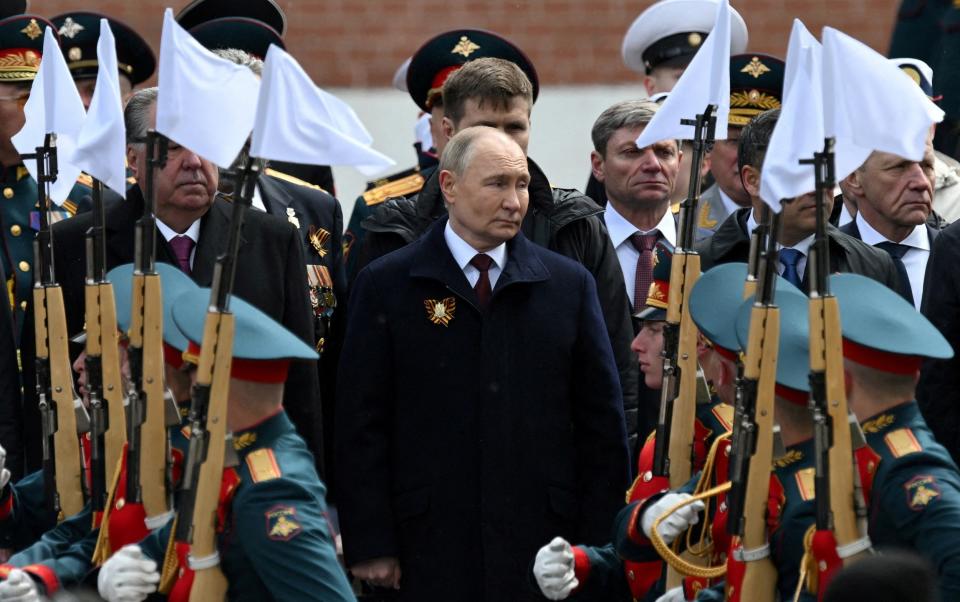Vladimir Putin is testing Nato borders for weak spots, security chiefs warn

Russia has begun probing the borders of Finland and Estonia for weaknesses as it draws up what Western security chiefs suspect is a long-term plan to capture parts of the Baltic region after the war in Ukraine.
In the space of just a week, Moscow has ignited border disputes with both Nato member states, issuing a draft proposal to revise its sea border with Finland and removing a series of buoys in Estonian waters used to mark a river frontier with Russia.
The moves followed a warning last week by Micael Bydén, Sweden’s chief of defence, that Vladimir Putin aims to eventually seize control of the Baltic and use it as a “playground” to “terrorise” Nato members.
Diplomats from the Baltic states and security experts have told The Telegraph the provocations were part of a wider strategy by Moscow to test the West’s resolve and potentially to seek out weak spots for a future incursion.

“This is part of this ongoing hybrid warfare: Russia is aggressively trying to destabilise our society and also our support for Ukraine,” said Viljar Lubi, the Estonian ambassador to London.
“We need to be well prepared. It is not always easy, because you don’t know exactly what the next move is. They go into the so-called grey area, where we don’t know exactly what is next.”
Finland, and the Baltic states of Estonia, Latvia and Lithuania, which won independence from the former USSR in 1991, are all Nato members committed to defending their land borders from Russia.
Since the invasion of Ukraine, and a surge in imperialist rhetoric from Putin, concerns have grown that the Russian leader could be plotting land grabs in that region within the next five to seven years, if he manages to defeat Ukraine and resupply his army.
Pattern of provocative behaviour
On May 23, Russian border guards removed buoys floating in the Narva river between Estonia and Russia, in what Josep Borrell, the EU’s foreign policy chief, said was an “unacceptable” part of a “broader pattern of provocative behaviour”.
The guards took the buoys in the middle of the night, Mr Lubi said, and Estonian requests for a full explanation have so far gone unanswered: “It was surprising for us, especially because it came without warning.”
The Narva region is mostly Russian-speaking and there is currently no formal border agreement between Tallinn and Moscow, which potentially makes it an attractive target for a future Russian incursion.
Also last week, Russia’s defence ministry issued – then quickly deleted – a decree which appeared to adjust sea borders around the Gulf of Finland and the Russian exclave of Kaliningrad. Lithuania said the move was a “deliberate, targeted escalatory provocation”.

Kai Sauer, the Finnish ambassador to Germany, said the recent accession of Finland to Nato was clearly a factor in the manoeuvres by Russia.
“In military terms, our threat perception has not changed, but it seems quite clear that we are facing certain hybrid activities,” he said.
“It is clear that with the Finnish and Swedish Nato membership the geopolitical situation in the Baltic sea has changed. I think it’s also quite predictable that Russia is adapting to that change but how that will manifest itself is less clear.”
Another potential flashpoint is the Swedish island of Gotland, located in the middle of the Baltic Sea between Stockholm and Kaliningrad.
“I’m sure that Putin even has both eyes on Gotland. Putin’s goal is to gain control of the Baltic Sea,” Mr Bydén, the Swedish defence chief, told German news outlet RND.
“If Russia takes control and seals off the Baltic Sea, it would have an enormous impact on our lives, in Sweden and all other countries bordering the Baltic Sea. We can’t allow that... the Baltic Sea must not become Putin’s playground where he terrifies Nato members,” he added.
On Friday, Volodymyr Zelensky, the Ukrainian president, referred to the Estonian incident and warned that Russia was evidently “preparing for provocations in the Baltic region against borders”.
Baltic is Nato’s ‘most fragile’ border
Aliona Hlivco, a former Ukrainian MP and the managing director of the Henry Jackson Society, a security think tank, said she saw disturbing parallels between the latest Baltic dispute and the prelude to Russia’s invasion of Ukraine.
“It is all a means of probing to see how far they [Russia] can go, though they do not currently have the military capacity to go for an actual war with the Baltics,” she said.
The Baltic region, she explained, was “the most fragile border of Nato” not just because it was porous but due to its contingency of “Russian diaspora which they can mobilise through Russian propaganda and TV … we had all these factors in Ukraine”.
Russia is currently rearming its forces as it continues its latest offensive in north-east Ukraine.
But Western leaders such as Boris Pistorius, the German defence minister, have warned that Moscow’s rearmament could also make it ready to attack a Nato state within the next five to seven years.
